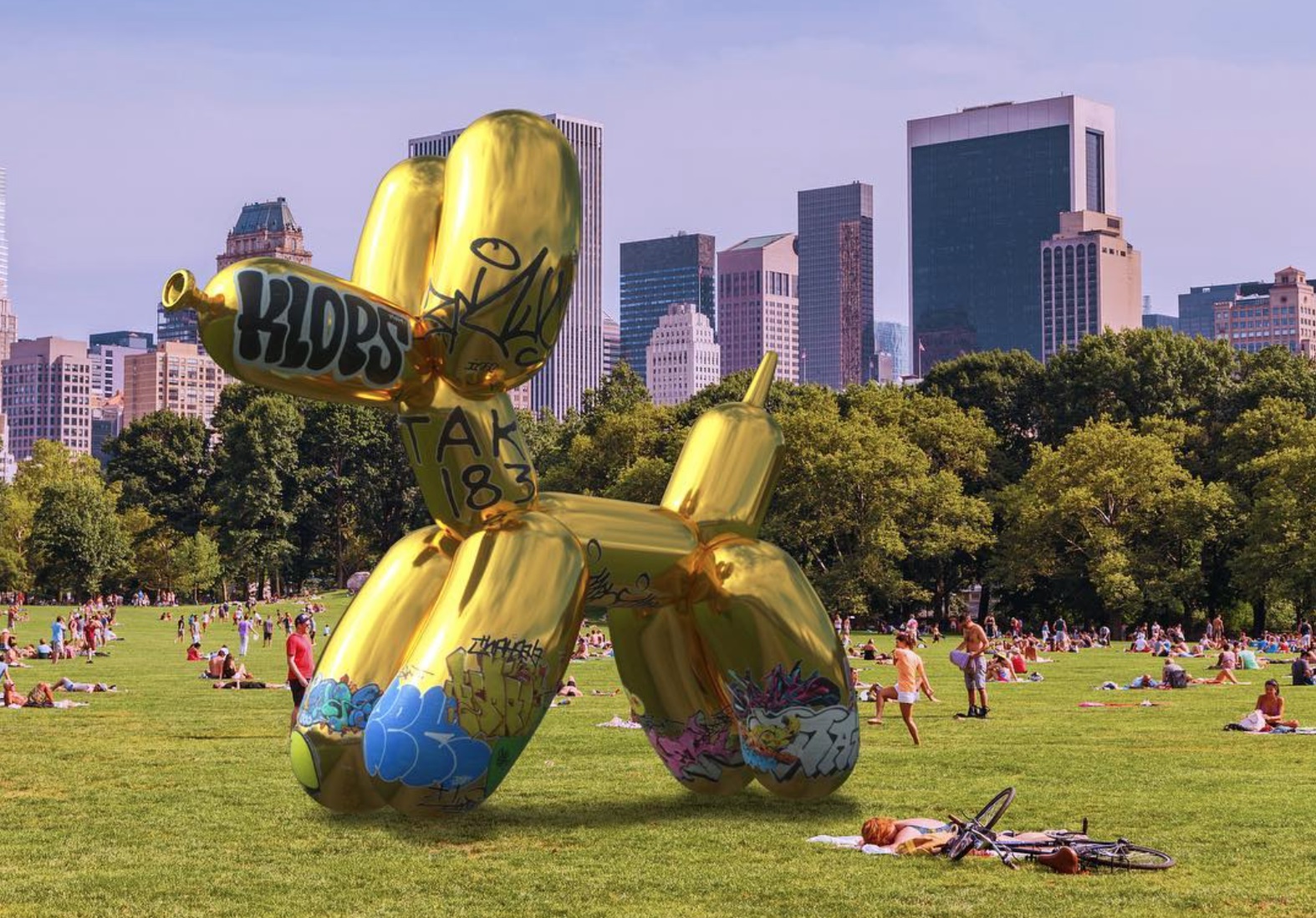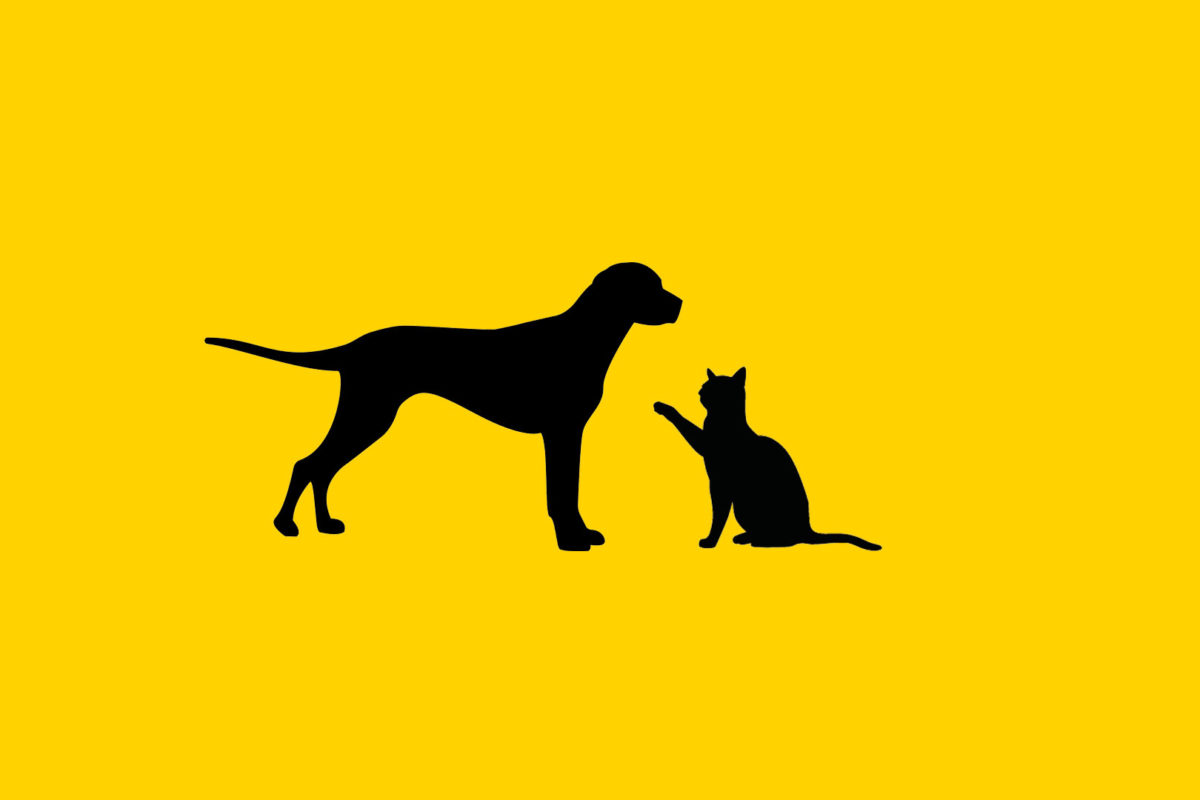Reality isn’t enough anymore. People are hungry for constant novelty. We want to be amazed, entertained and thrilled. That’s why digital companies and social networks are running more and more often to a new kind of reality: augmented reality. Filters and lenses can add dynamic elements to a static and sometimes boring real-life situation, so now you can find 3-dimensional rainbows, teddy bears and avatars wherever you go. Snapchat’s Bitmoji and its new World Lenses filters are launching in the art world with Snapchat ART. The first to promote the initiative was Jeff Koons. And the result? His most famous work was immediately vandalized in augmented reality. Shouldn’t we make sure that human nature evolves before the digital world does?
More realistic avatars: Snapchat makes them 3D with AR World Lenses
Bitmojis that animate Shapchat are super popular. These expressive, customizable emojis have been integrated into the social network since 2016 and let you design an avatar to look just like you. Evan Spiegel is now looking to transform his app’s Bitmojis into 3-dimensional characters.
This new effect was made possible through the acquisition of the startup Looksery, experts in special effects and filters, and the Canadian company Bitstrips, whose Bitmojis made chats even more engaging. These newly integrated functions will mean even more interaction with the external world. By using augmented reality through your smartphone camera, you’ll be able to superimpose your Bitmoji on anything in frame. So besides adding virtual people to photos, they can also appear in snaps, chats and videos. In particular, the new World Lenses function in videos will let 3D avatars do all sorts of different actions, like playing sports, eating or drinking. They can take on different positions and carry out their actions based on the situation and context. And by connecting your account to the app, users can exchange Friendmojis.
It’s almost ready or iOS and will be available soon, but Android users will have to wait a little longer. It seems that among other things, Apple’s Animojis, the brand focusing on AR to launch its products, have plenty in common with these 3D avatars. But Snapchat seems to have raised the bar yet again.
Snapchat ART: art changes shape and embraces AR
Snapchat is also getting into art, and it’s doing it with the platform Snapchat ART, based on AR technology from the Israeli startup Cimagine. Pop artist Jeff Koons is blazing the trail – he’s decided to work with social media to show the art world a new way to promote their creations.
How does art in augmented reality work? Pieces can be spotted in different locations around the world and photographed by users in the area. In fact, the app sends a notification when there’s a work of Snapchat ART nearby (or you can also search them out through Snapmap). When you get to that location, the artwork appears in AR on your smartphone.
Jeff Koons’ balloon animal sculptures can be now admired in Chicago, New York, London, Las Vegas, Rio de Janeiro, Washington DC, Toronto and Sydney. It’s a good way for emerging artists, sculptors and painters from anywhere in the world to make a name for themselves without investing in foreign countries. They just need to fill out the registration for artists in Snapchat ART.
Balloon Dog vandalized in AR: the future of digital needs to contend with human nature
Not everyone appreciates or understands art, that much is true. And it’s also true that some people take pleasure in destroying it, but vandals in augmented reality are a true novelty. It happened to Jeff Koons though. His Balloon Dog, which is valued at $58.4 million holds the record for most expensive piece by a living artist, was virtually defaced.
The installation, created by the American artist for the launch of Snapchat ART, was covered in graffiti tags by Chilean artist Sebastian Errazuriz, who has owned up to the act. But as the culprit wrote on his Instagram, there was a message in this act of vandalism: the protection of digital public space. Errazuriz believes that companies should have to get permission before they place any object in a digital space that is de facto public, because Central Park belongs to the city of New York, and to everyone there. Something to reflect on.
However, as so often happens, the principle is contradictory. It seems that the laws and ways of the real world are being applied to the virtual world with almost alarming ease. It may be good to face the problem of regulation head on for “augmented experiences” before advertising penetrates AR space too. But is vandalism the way to achieve that? Maybe human nature needs to develop solutions to these problems, and then think of how to bring them into the digital world? The risk is that we’ll have nothing more than a augmented reality copy of something that already doesn’t work in the real world.
Roberta Gavioli
Giornalista di Innovazione, Travel Blogger, Event Planner. Se è vero che il presente è digitale, il futuro è senza dubbio nelle persone. Amo la carta, ci scrivo, la leggo, la piego in origami, la dipingo e la trasformo in idee. Per me le scelte più importanti della vita si trovano sul fondo di una buona tazza di tè.




